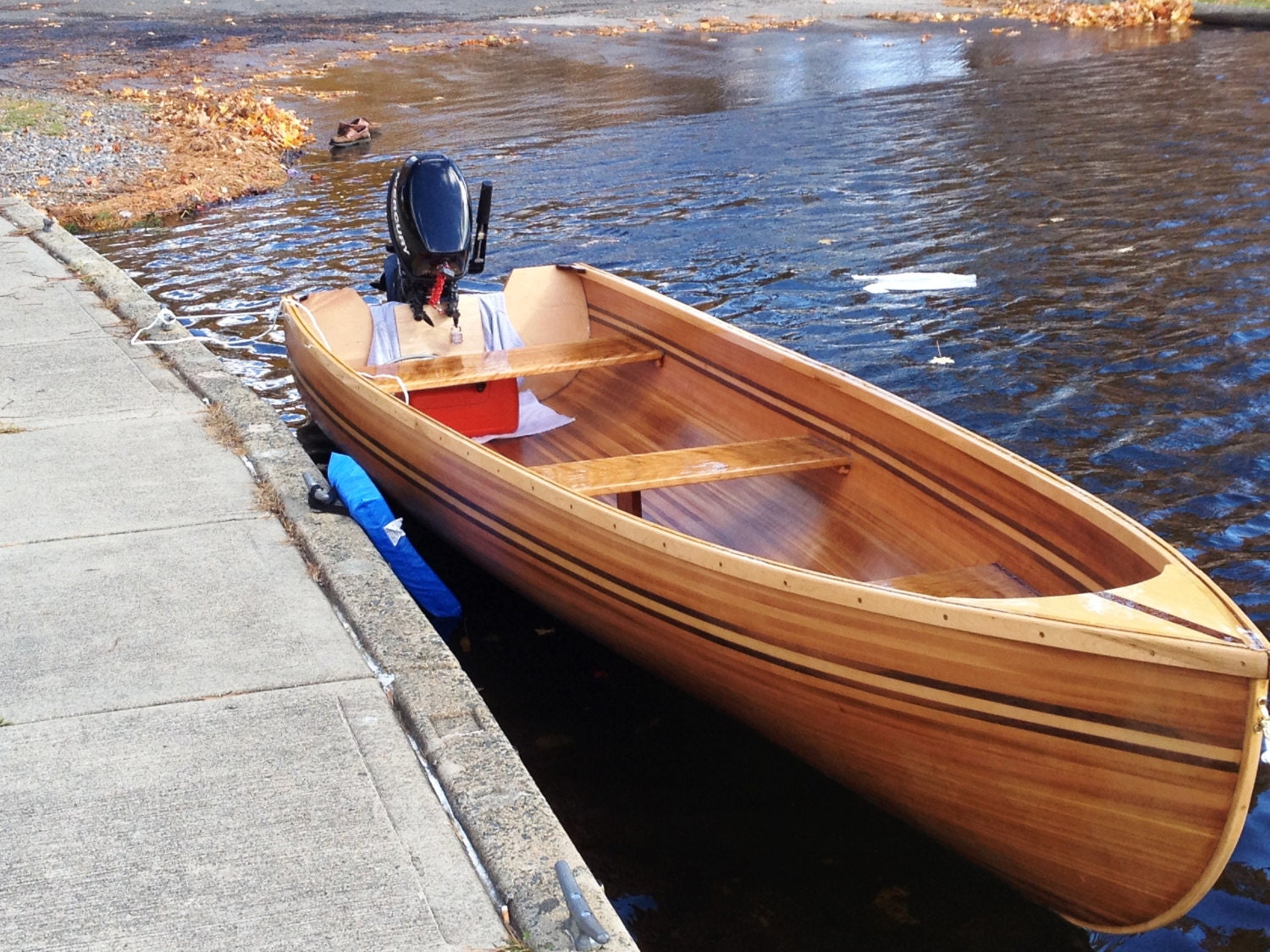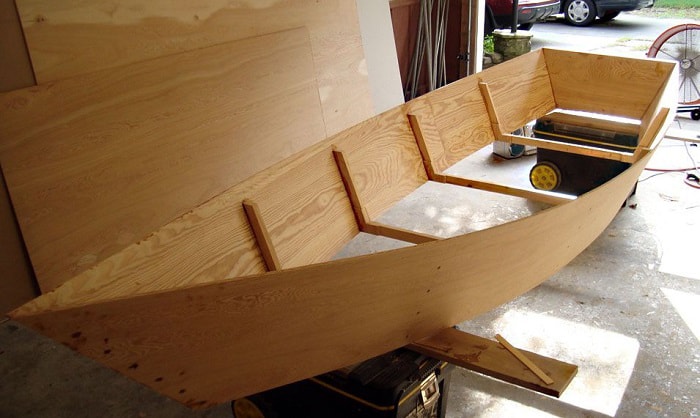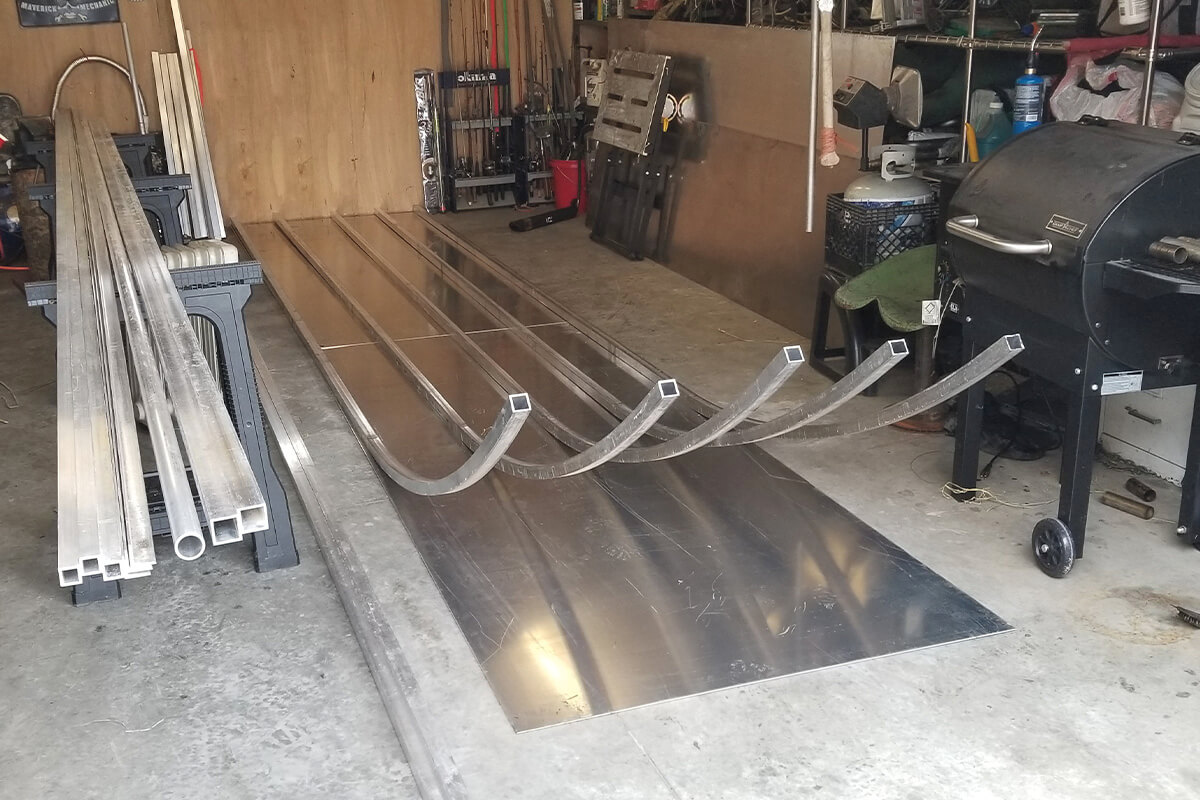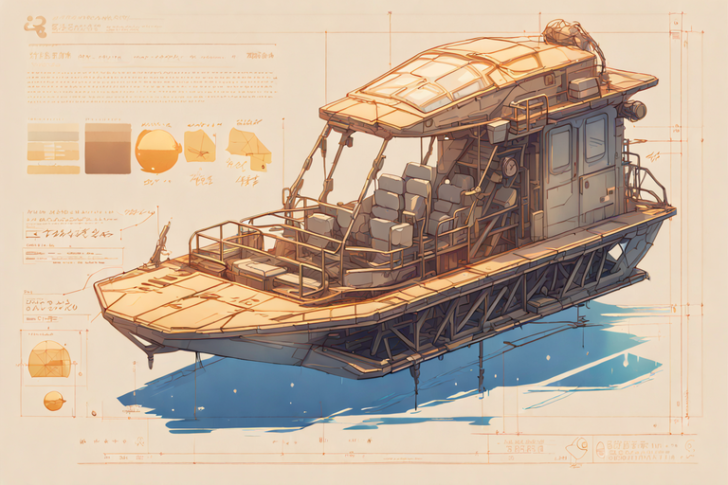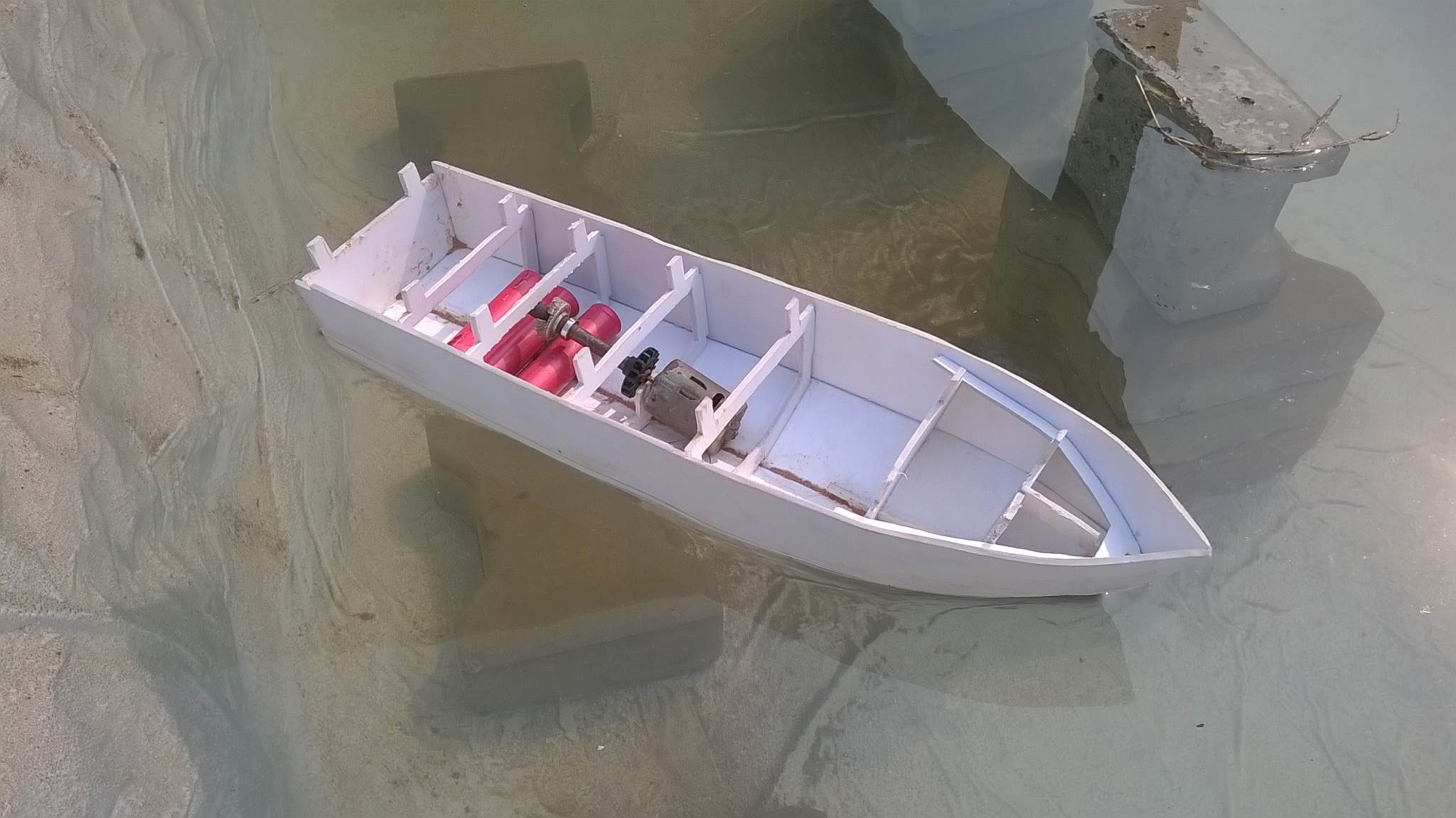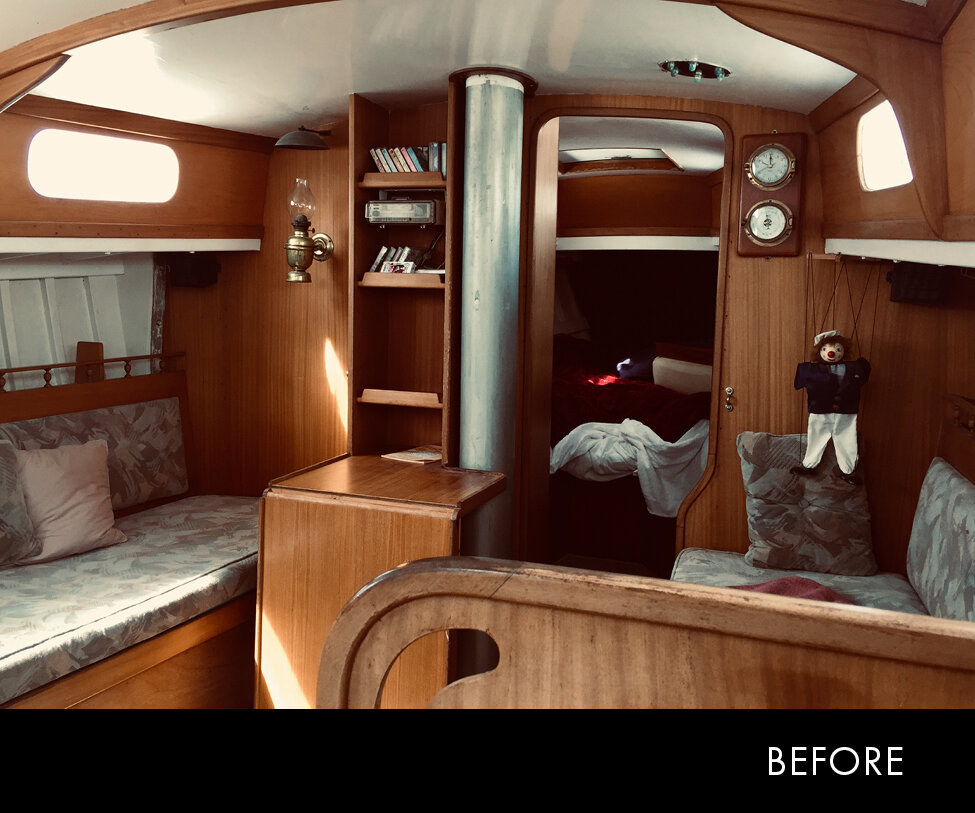
Beyond the Blueprint: Unveiling Hidden Gems in Top Power Boat Plans for DIY Builders
Building your own powerboat is a dream shared by many. The thrill of crafting a vessel from scratch, the satisfaction of seeing it glide across the water â€" it's a uniquely rewarding experience. But navigating the world of powerboat plans can be daunting. This review transcends the typical plan specifications, delving into often-overlooked aspects crucial for success and satisfaction.
The Unsung Heroes: Beyond the Hull Design
Most DIY boat building guides focus heavily on the hull. While critical, a successful build hinges on much more. Let’s explore some often-neglected aspects.
Q: How do I ensure my boat's ergonomics are optimized for *my* body type and planned usage?
A: Standard plans offer a generic design. Consider your height, weight, and how you intend to use the boat. Will you be fishing, waterskiing, or simply cruising? Ergonomics are crucial for comfort and safety. Before cutting wood, create detailed 3D mockups using free software like SketchUp or Fusion 360, adapting the cockpit layout, seating position, and control placement to your needs. This prevents painful compromises later in the build.
Q: What about the often-ignored aspect of long-term maintenance?
A: Choosing the right materials for easy maintenance is paramount. While exotic hardwoods look stunning, their upkeep can be demanding. Opting for marine-grade plywood with a durable epoxy coating offers a balance of aesthetics and practicality. Think about access points for repairs. Design features that simplify future maintenance will save you headaches (and money) down the line. For example, easily removable panels for engine access are worth their weight in gold.
The Unexpected Challenges: Real-World Lessons
Let’s learn from others' experiences to avoid common pitfalls.
Story 1: The Case of the Unforeseen Weight Distribution
A seasoned woodworker, John, meticulously followed a plan for a sleek runabout. He ignored the importance of precise weight distribution. The finished boat was beautifully crafted but prone to listing. The solution? Adding ballast (carefully!) John’s tale highlights the importance of carefully calculating weight distribution â€" an often-overlooked step in many plans. Use dedicated software to simulate weight distribution with various engine options and load scenarios before even starting construction.
Story 2: The Importance of a Detailed Bill of Materials
Maria, a novice boat builder, found herself frustrated by inconsistencies in her plan's material list. This resulted in delays and additional expenses. Lesson learned: Create your own detailed bill of materials (BOM), cross-referencing with multiple suppliers to secure the best price and availability. A well-structured BOM, even exceeding the plan’s requirements, is a priceless asset.
Looking Beyond the Plans: Innovation and Customization
Don't be afraid to go beyond the "standard" design.
Innovative Material Selection:
Explore alternative materials. Lightweight yet strong composites like fiberglass-reinforced polymers (FRP) are becoming increasingly accessible and offer great durability and flexibility in design. Researching sustainable materials like bamboo plywood is also a noteworthy area to consider, aligning with environmental consciousness.
Integrating Smart Technology:
Modernize your build! Integrate smart technology such as GPS tracking, automated bilge pumps, and even remote engine diagnostics. Many open-source solutions and readily available modules exist, enabling the creation of a truly cutting-edge vessel.
Building a powerboat is a journey filled with learning and satisfaction. By addressing these often-overlooked aspects and embracing innovative solutions, you’ll not only build a functional boat, but a testament to your ingenuity and skill.
